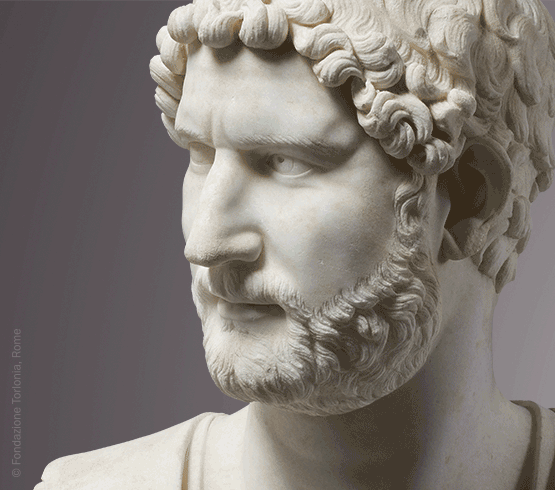“The one thing about this group—and the entire season—is that nobody takes any prisoners. Nobody’s afraid to try things just because it hasn’t been done before,” says Chamber Music Society of Fort Worth’s Artistic Director Gary Levinson, describing their upcoming concert in January. For more than a decade, the Juilliard-trained violinist’s name is one that most people involved in DFW’s classical community know; in addition to his post with CMSFW, he’s also the Dallas Symphony Orchestra’s Senior Principal Associate Concertmaster Emeritus. Levinson’s prolific collaborations on the international stage have led to him cultivating friendships with some of today’s preeminent classical musicians, who rarely turn down the invitation to perform with him in Fort Worth.
CMSFW is halfway through its current season, which continues with No Barriers on Jan. 6. Levinson says the title refers to the featured composers’ approach to pushing the barriers of form and rhythm. Acclaimed American pianist Orion Weiss, renowned for his interpretations of Brahms’ music, returns to Fort Worth to perform the composer’s Piano Quartet No. 2 in A Major, Op. 26. “I think when we play a central European program like this, it’s still incredibly exciting to see how they can push the envelope on everything with respect to how we work together,” Levinson says, who will join Weiss, violist Michael Klotz and cellist Ani Aznavoorian in an afternoon that includes Suk’s Elegie and Faure’s Piano Quartet No. 1 in C minor, Op. 15.
Musicians revered for their mastery of Mozart’s music join forces to perform the composer’s K. 479 Piano Quartet for Pillars of Our Craft March 23. Cliburn Competition gold medalist John Nakamatsu joins Levinson with cellist Inbal Segev and violist Michael Klotz in a concert that also features Mozart’s K. 424 Duo in B-flat Major, Wieniawski’s Legende and Dohnanyi’s virtuosic, Hungarian-flavored Op. 10 Serenade. “This is a serenade for three instruments,” Levinson explains. “They sound like a string orchestra, which is not to say it’s thick—it’s just really rich and powerful.”

1 ⁄4
June Han performing as part of Piccinini & Friends at The Chamber Music Society of Fort Worth. Photo courtesy of The Chamber Music Society of Fort Worth.

2⁄4
The Chamber Music Society of Fort Worth Ensemble Community Concert with members of the Fort Worth Symphony Orchestra led by CMSFW Artistic Director Gary Levinson. Photo courtesy of The Chamber Music Society of Fort Worth.

3 ⁄4
The Chamber Music Society of Fort Worth Ensemble Community Concert with members of the Fort Worth Symphony Orchestra led by CMSFW Artistic Director Gary Levinson. Photo courtesy of The Chamber Music Society of Fort Worth.

4 ⁄4
Fort Worth Chamber Society in Piccinini & Friends, Gary Levinson, violin, Marina Piccinini, flute, D. J. Cheek, viola and Alan Steele, cello. Photo courtesy of The Chamber Music Society of Fort Worth.
Though he can’t reveal too many details about their 2024/25 season and beyond, Levinson was able to whet appetites with the news of two commissions in the works by “very, very well-known composers.” It’s one example of CMSFW’s mission to build current and future chamber music audiences through innovation and creativity, which requires strong community initiatives. They’ve partnered with Fort Worth ISD, Cook Children’s Hospital, and the city’s museums for their Building Blocks of Music initiative and work to cultivate and enrich aspiring young musicians through their CMSFW2 and Learning with the Masters programs. It’s not uncommon to see families with younger children attend concerts and Levinson says they’ve seen a more diverse audience this season than ever before. Additionally, every concert includes pre-concert conversations to give context to the music, often giving patrons the opportunity to meet and visit with the performers.
—AMY BISHOP





